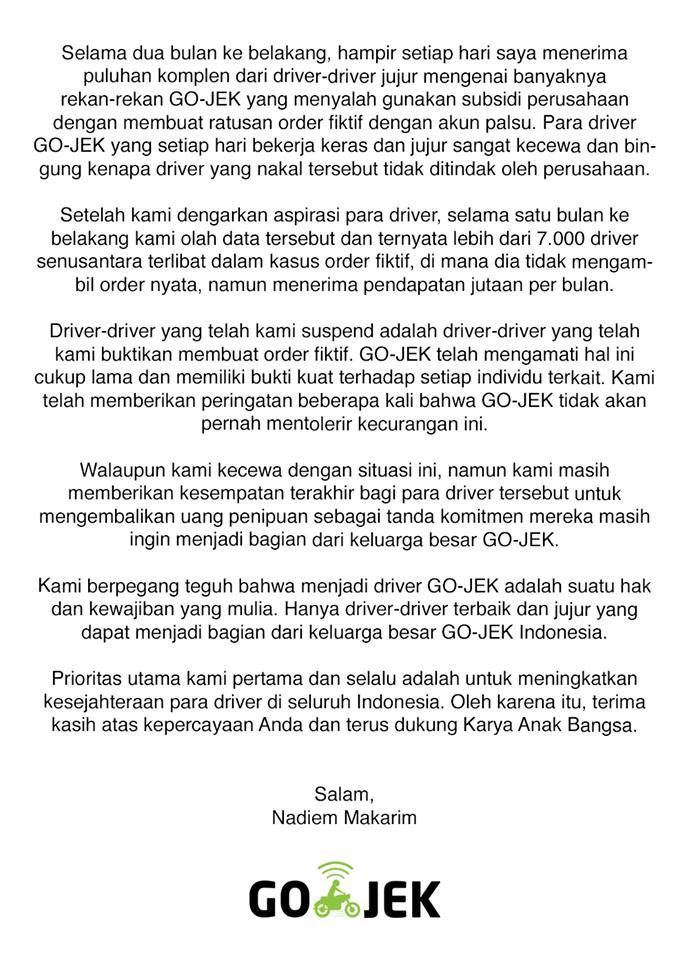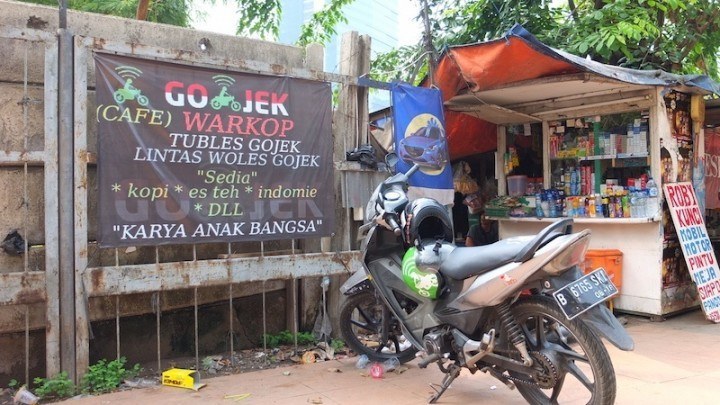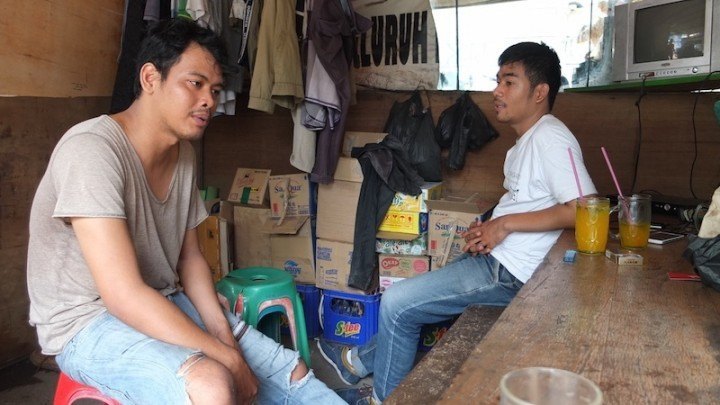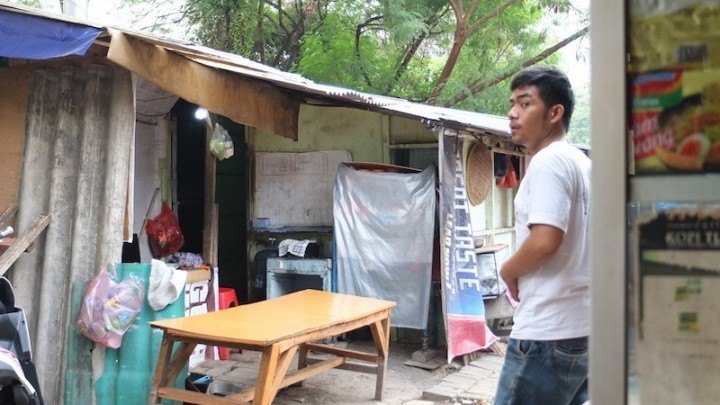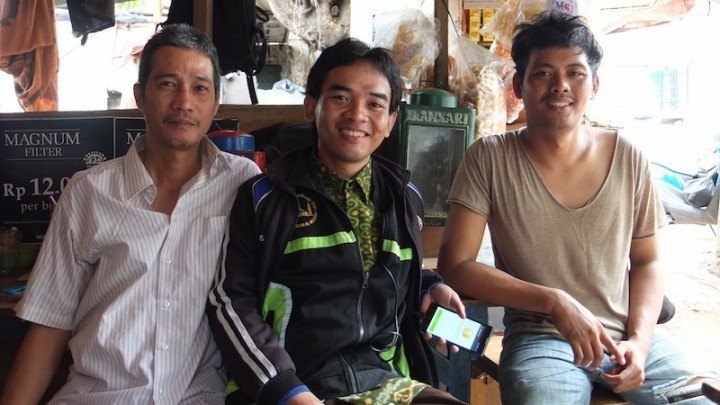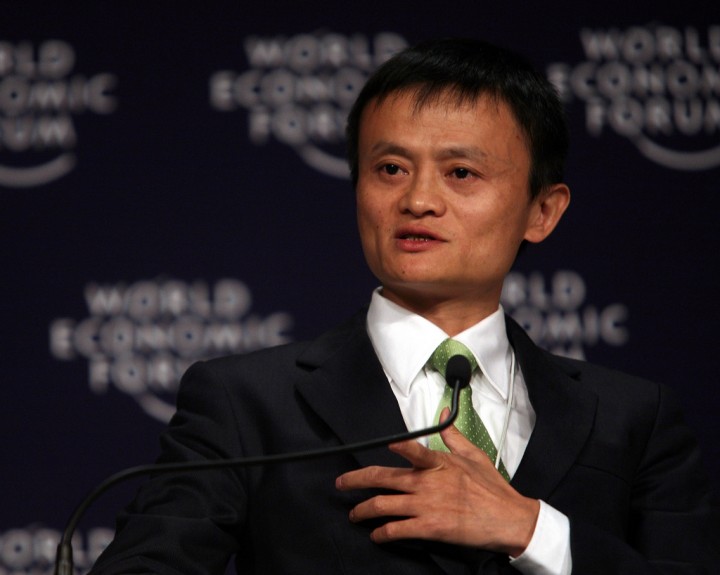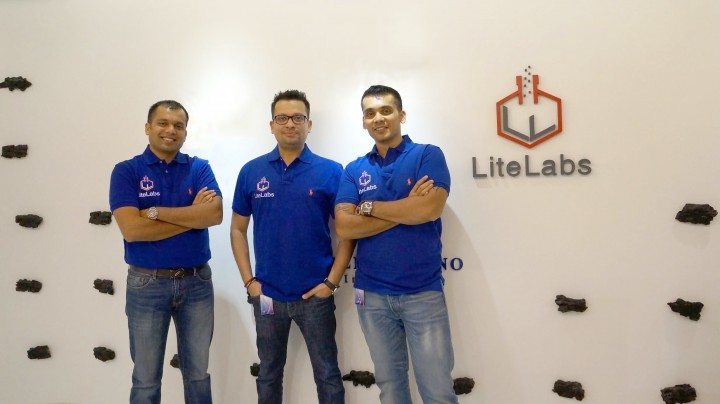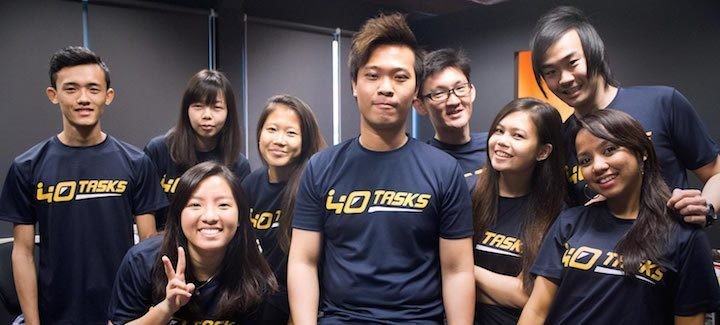When developers Bungie and Activision released their biggest-ever paid Destiny expansion, The Taken King,
it signalled a return to everything that made the game great. It
appeared that both companies had addressed nearly all of the suggestions
the Destiny player base had put forward, which included the re-introduction of the all-important six-player raid.
Since the expansion's debut in September, however, Bungie has also slowly introduced additional, paid mechanics. So far, they've been designed to augment players' characters
but not detrimentally affect gameplay for those who choose not to buy
them. But as Christmas approaches, new upgrades have hit stores, and the Destiny community is up in arms about them.
The items in question are Level 25 Upgrade Packs: $30 (£25) digital add-ons that can be applied to any Destiny character class (Hunter/Titan/Warlock) to instantly level them to Level 25. The Taken King lets players to rank their characters up to Level 40 and continue building them up by increasing Light levels via armor and weapon upgrades.
Bungie included one of these level boosts for free, called a Spark of Light, if you bought The Taken King: Legendary Edition. It was basically there for people who had completed the previous Destiny expansions with one character and wanted to rank another of their alternative classes quickly in order to better tackle end-game content.

With The Dark Below, House of Wolves and The Taken King expansions now awaiting new players, it's likely that Destiny will see a healthy boost in sales ahead of Christmas. Bungie believes that some will want to forgo the grind and pay more money to bypass some of the early content. If you bear in mind that The Taken King, which includes all of the previous expansions, currently costs $30 at some retailers, new players will effectively be buying the game twice to activate a one-time level-up.
There is a reason for the cost, though. If the upgrade is priced too low, lots of people will buy it and the players who properly leveled their characters would feel shortchanged. With a high price, it will likely be reserved for day-one Destiny players who no longer have the time or inclination to play through the earlier content again, or newbies who no idea what they're doing.
If new Destiny players decide they want to pay to level, they're not only losing out on the fun, but Bungie is basically saying that it's cool not to go back and play through earlier parts of the story. Granted, the first year of Destiny lacked direction and an overall narrative, but if you wanted the best directional jump, maximum agility and shorter recharges for your super ability, playing the early-game content was how you opened them up. Instantly ranking to Level 25 gives you subclass infusions and telemetries, so there's no need to play the whole thing through.
Bungie recently reduced the amount of XP that players earn from Weekly Nightfalls and bounties. That makes levelling characters slower, which in turn leads gamers to question developer intentions. When a paid upgrade for quick progression suddenly appears after the speed of progression is slowed down, you can understand why.
With no major expansions on the horizon, Bungie and Activision need a way to keep Destiny gamers active while they work on future updates. Sparrow racing and free timed events are likely to replace paid upgrades, so they'll need to recoup money elsewhere. Microtransactions help, but so do costly level boosts that incentivize players who value progression over experience.
The items in question are Level 25 Upgrade Packs: $30 (£25) digital add-ons that can be applied to any Destiny character class (Hunter/Titan/Warlock) to instantly level them to Level 25. The Taken King lets players to rank their characters up to Level 40 and continue building them up by increasing Light levels via armor and weapon upgrades.
Bungie included one of these level boosts for free, called a Spark of Light, if you bought The Taken King: Legendary Edition. It was basically there for people who had completed the previous Destiny expansions with one character and wanted to rank another of their alternative classes quickly in order to better tackle end-game content.
With The Dark Below, House of Wolves and The Taken King expansions now awaiting new players, it's likely that Destiny will see a healthy boost in sales ahead of Christmas. Bungie believes that some will want to forgo the grind and pay more money to bypass some of the early content. If you bear in mind that The Taken King, which includes all of the previous expansions, currently costs $30 at some retailers, new players will effectively be buying the game twice to activate a one-time level-up.
There is a reason for the cost, though. If the upgrade is priced too low, lots of people will buy it and the players who properly leveled their characters would feel shortchanged. With a high price, it will likely be reserved for day-one Destiny players who no longer have the time or inclination to play through the earlier content again, or newbies who no idea what they're doing.
If new Destiny players decide they want to pay to level, they're not only losing out on the fun, but Bungie is basically saying that it's cool not to go back and play through earlier parts of the story. Granted, the first year of Destiny lacked direction and an overall narrative, but if you wanted the best directional jump, maximum agility and shorter recharges for your super ability, playing the early-game content was how you opened them up. Instantly ranking to Level 25 gives you subclass infusions and telemetries, so there's no need to play the whole thing through.
Bungie recently reduced the amount of XP that players earn from Weekly Nightfalls and bounties. That makes levelling characters slower, which in turn leads gamers to question developer intentions. When a paid upgrade for quick progression suddenly appears after the speed of progression is slowed down, you can understand why.
With no major expansions on the horizon, Bungie and Activision need a way to keep Destiny gamers active while they work on future updates. Sparrow racing and free timed events are likely to replace paid upgrades, so they'll need to recoup money elsewhere. Microtransactions help, but so do costly level boosts that incentivize players who value progression over experience.


